In November of last year, I reviewed Voice of Cards: The Isle Dragon Roars, a smaller budget titled helmed by Yoko Taro alongside Drakengard and Nier veterans Kimihiko Fujisaka and Keiichi Okabe on art and music respectively. My consensus at the time was a largely positive one. It was a pleasant and comfy experience throughout, even if I had my fair share of criticisms. While I did mention that there were a lot of interesting ideas presented within Voice of Cards, I had anticipated these to be expanded on in potential sequels and that this was a promising start.
Nearly three months later, that promising start has been fully realized. Voice of Cards: The Forsaken Maiden is an exceptionally noteworthy experience and a culmination of the lessons learned from its predecessor. Despite its presentation, The Forsaken Maiden is so much more than a sequel, it’s a beautifully realized expansion of its predecessor’s ideas while also challenging them at the same time.
The Forsaken Maiden begins on a small set of islands that have long since been protected by the titular “Maidens” who undergo a ritual to determine the fate of their respective islands. You, the hero of the story, happen to live on an island that has long since resigned itself to its fate and its respective Maiden also happens to be missing. Being the good-natured person you are, you decide to set sail together with your companion Laty, a girl who failed to undergo the training to become a maiden and is unable to speak, and Lac, a mysterious spirit who guides you on your journey in saving the island.
To do this, you seek to request the help of the other four Maidens, each in their own isle, and their loyal attendants in hopes of helping Laty become a maiden and save your home from its impending destruction. The setup here sounds familiar (especially if you’ve played Drakengard 3 given its similarity cast-wise of “intoners” and “disciples”) but quickly evolves into a much more intricate experience.
While The Isle Dragon Roars is fairly in line with the signature storytelling of Yoko Taro and does little to stray from it, The Forsaken Maiden takes advantage of these familiar narrative setups Yoko Taro is so well known for and utilizes the strengths of his writing with far more ambition. The dichotomy of good and evil within people, humanity’s inherent spiral towards self-destruction, themes of sacrifice, identity, and love, you name it, it’s all here narratively but what makes The Forsaken Maiden special despite having all these familiar narrative trappings that Taro has built up in previous stories is the way they’re presented.
I had previously mentioned that The Isle Dragon felt “relatively” tame compared to his previous works, but The Forsaken Maiden takes great strides towards being worthy of being compared alongside Taro’s other heavy hitters. For starters, the cast is much larger. Each Maiden and their attendant have distinct personalities, struggles, and motivations and the game’s structure takes you through each of these in neatly focused arcs. The story itself also takes great strides in its characterization as well. Whereas its predecessor was content in its pacing being reminiscent of a joyful fantasy romp through various locales meeting new party members along the way, very few characters actually got development beyond their flipside stories and occasional story moments prior to them joining their party and that was fine. After all, the narrative never demanded more out of its cast in the grand scheme of things.
Thankfully, The Forsaken Maiden is much better with this. Each and every member of the main and supporting cast is given ample time to develop as characters and as a result, it’s far easier to get invested in each of these characters. One maiden in particular, Phila, the Azure Maiden, steals almost every scene she’s in and has a considerable influence on the rest of the story too given how her demeanor contrasts a lot of the other Maidens making her one of my favorite characters in a cast that’s already exceptionally solid.
However, a significant part of the staying power of the experience can be largely attributed to the fact that The Forsaken Maiden is a beautifully written character study of Laty, the most dynamic character in the story who grows through her various adventures and encounters with the maidens and their attendants alongside you. While exploring each isle and facing each of the Maiden’s struggles in their respective arcs may sound repetitive and predictable in structure, the juxtaposition between Laty’s development and your involvement in solving each maiden’s problems makes the experience feel more personal when the story goes extra lengths to highlight the small changes in her behavior and worldview gradually being shifted. Without spoiling much, the story has plenty of lighthearted moments but also a lot more emotional moments that feel rightfully earned given the investment the story makes in the characterization of each character.
Much like its predecessor, The Forsaken Maiden also features a “Game Master” who is responsible for all of the narration and also has just as much personality as the first! The previous entry’s “flipside stories” also make a return, with the unlock requirements feeling a lot more lenient here as well given the sheer breadth of its much larger card count. Some art from the previous game is reused here understandably given the game’s budget but it does little to detract from the overall experience given how new art shows up at a greater frequency anyways. As usual, the worldbuilding from these flipside stories is just as charming and helps flesh out the world of Voice of Cards beyond its limited presentation.
While the story may have made tremendous leaps in ambition and masterfully crafted narrative moments, I can’t nearly say the same for the gameplay. Without sounding too negative, the most contentious part of the overall experience is the gameplay. Given the trend of The Forsaken Maiden expanding on the foundations its predecessor built up, there are some genuinely solid improvements here but along the way it’s hard to argue a few drawbacks the game has which become exceedingly noticeable in its final stretch.
For starters, the environments are far larger making traversal a lot more varied given how there is an overworld which is the ocean as well as several smaller islands where each maiden resides including your home island. While the variety in locales is much appreciated, the events also have a lot more variety compared to the previous entry. For starters, the overworld has fishing! It’s a small touch but it helps spice up and incentivizes exploration in each area with events and dialogue often being varied enough that kept me motivated to fully chart out each area until the end. Random encounters too are also much more varied with a greater enemy variety and plenty of minibosses that offer great rewards in addition to much more fleshed out mechanics like partner attacks. Furthermore, the game also has several sidequests that serve as charming side distractions in lieu of the main story.
Now you’re probably wondering, this extra emphasis on exploration and combat all sounds wonderful, so what do you mean by the drawbacks? I cannot simply emphasize this enough but the random encounter rate in this game is absolutely brutal. It’s one thing to have an encounter every few tiles but at times, especially in later dungeons, the encounter rate becomes less of an opportunity to earn some experience and more of a distraction with a lot of time better spent fleeing the battles as experience point values scale differently near the final stretch. Nearly every other step in later dungeons becomes an encounter and it hurts the pacing and tension of certain story moments. Consequently, even if I’m very patient with games that have equally frequent encounter rates and this issue is negligible at best to me, I can’t imagine this not being contentious with many other people.
Another thing of note is that while the predecessor’s difficulty wasn’t anything worth worrying over given how it had few challenging encounters, The Forsaken Maiden fixes this issue… with mixed results. The difficulty can feel very tight at times with fights often ending with your party escaping by the skin of their teeth making for some brilliant encounters and challenging but fun fights. The problem, however, is the frequency in which these difficulty spikes show up. It’s extremely disheartening to immediately get decimated in two turns by a random mob when the only thing you didn’t account for was for the enemy to roll consecutive 10s. That being said, while the difficulty can be brutal at times, it is still a large improvement over how easy the previous entry was and makes for a far more engaging gameplay experience.
That aside, I’m glad to say that despite the encounter rate and acute difficulty spikes dragging down parts of the experience, The Forsaken Maiden fixes my biggest issue with the previous Voice of Cards by adding a battle speedup toggle. In The Isle Dragon Roars, fights often felt like they were dragging on for too long because of the long battle animations becoming tired over time, this toggle fixes this issue and makes the overall pacing of the gameplay feel a lot snappier. Overall, the improvements here in the gameplay department are largely positive with some great quality of life changes and gameplay enhancements hand in hand with two setbacks that may prove controversial for some and by the end of it, makes some dungeons feel like the end of an exhaustive journey.
With all these elements combined, it’s apparent that despite its limited presentation and budget, the minds behind The Forsaken Maiden are most assuredly, playing their cards right for the most part. Voice of Cards: The Forsaken Maiden is one of Yoko Taro’s more emotional and human narratives in a long while, focusing heavily on love, sacrifice, legacy, and change, all emblematic of various facets of the human condition.
Ultimately, the game’s character moments not only feel earned but tugged at the right heartstrings without feeling too melodramatic, an issue that tends to affect some of his other work. Another thing I’d like to mention is that I think it’s with these shorter games that Taro’s storytelling chops are put to the test, given how for a roughly 15-hour experience (it’s longer than the first entry but not by much) it feels extremely focused and gripping with its fleshed-out cast and tight pacing.
The Forsaken Maiden definitely feels like a culmination of the lessons learned from its predecessor with its own twist in its expansion of concepts the foundation The Isle Dragon Roars had laid out prior. As someone who’s been following Taro’s works for quite a while, his latest effort here has made a considerable effort to stand toe to toe with the giants that are Drakengard and Nier.
Needless to say, the next Voice of Cards (a trilogy perhaps?) has a lot to live up to, but I’m confident that the team will continue to improve their craft moving forward. After all, Voice of Cards: The Forsaken Maiden is a testament to that passion. Three months ago, I reviewed The Isle Dragon Roars after binging it all in one night and felt that it could be the foundation of something more. Alas, nearly three months later, I’ve found my answer. Those three months were worth it.
Version Reviewed: PC (Steam)
Disclaimer: Review code provided by the game’s publisher.

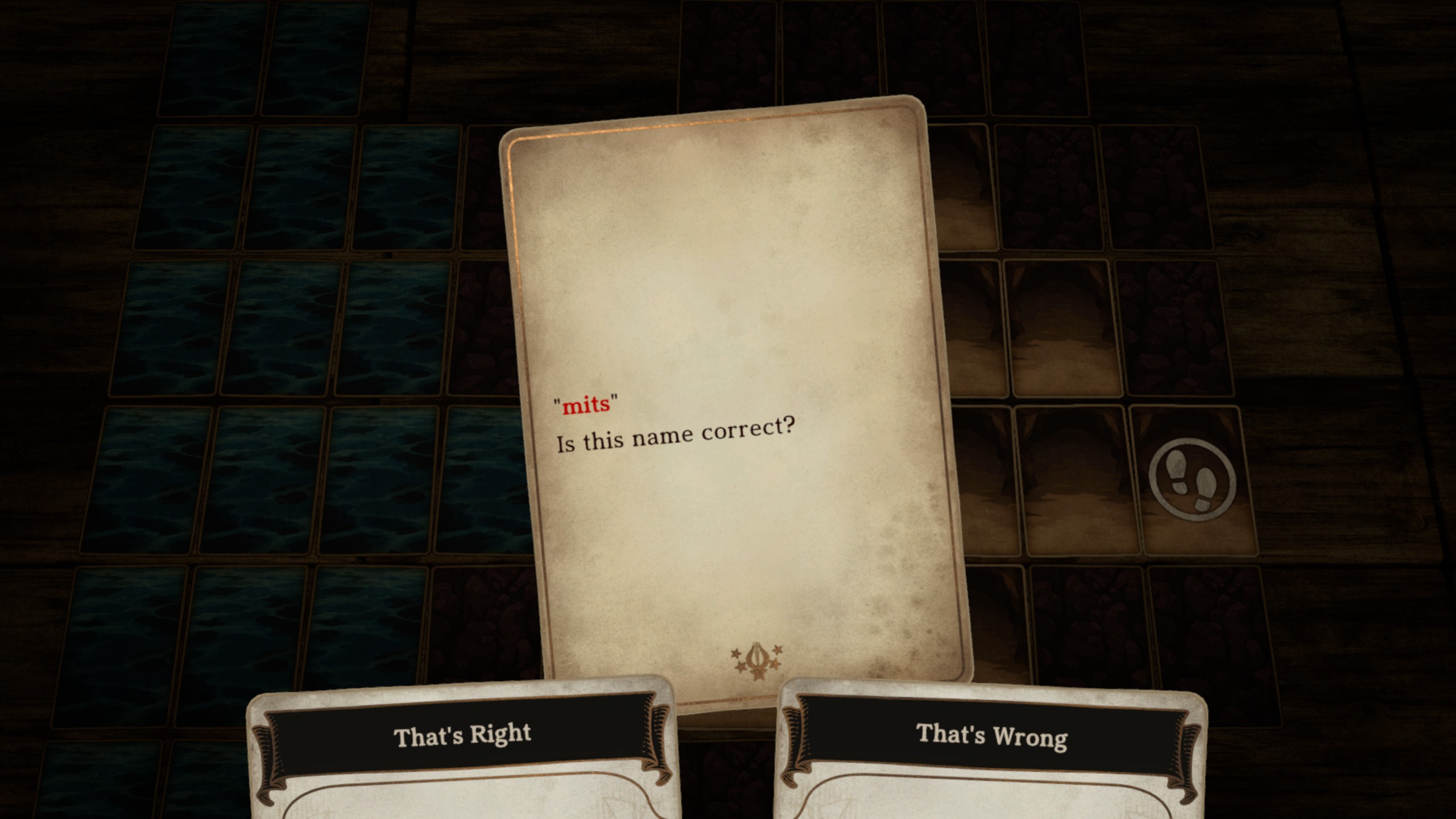
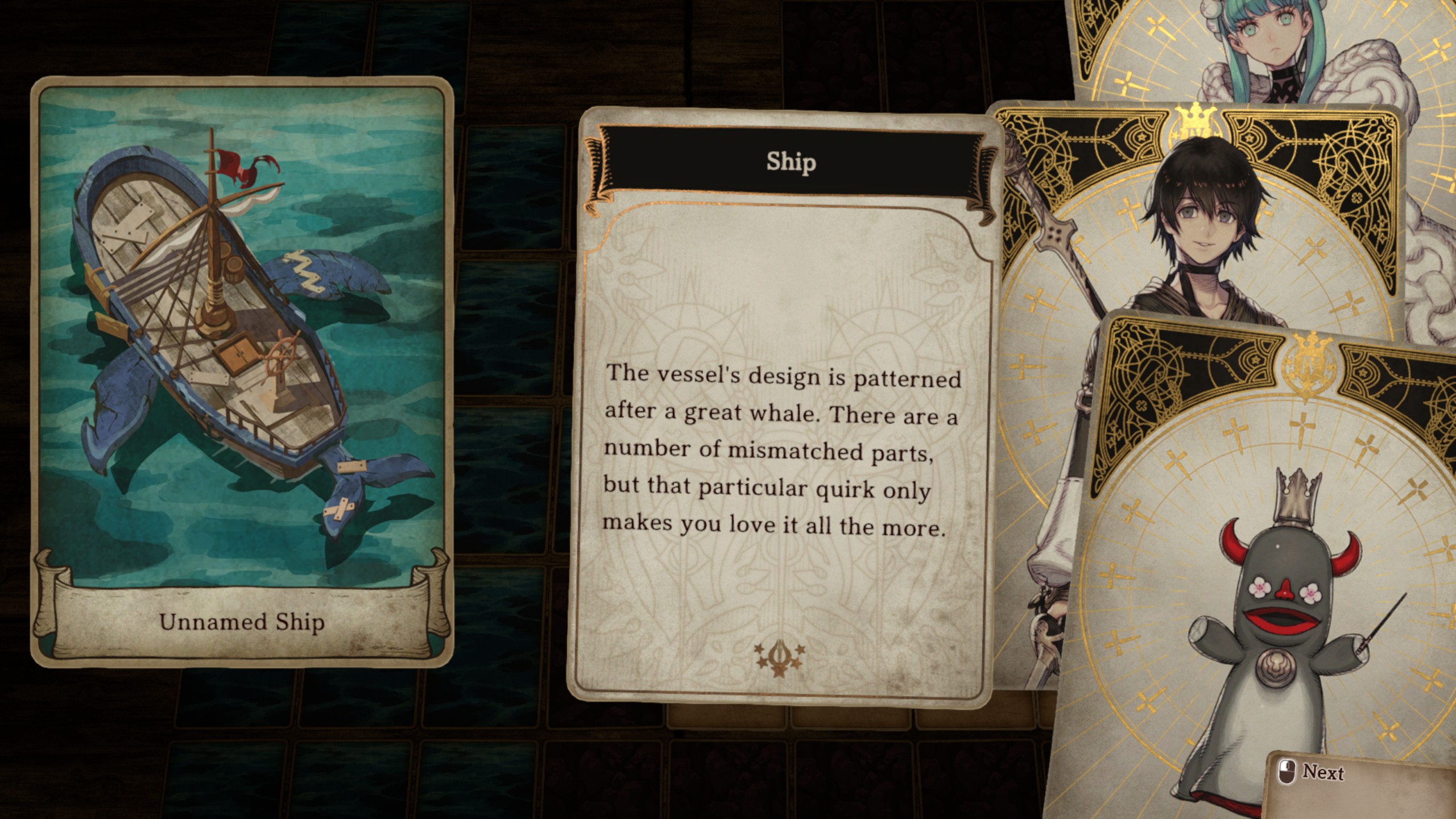
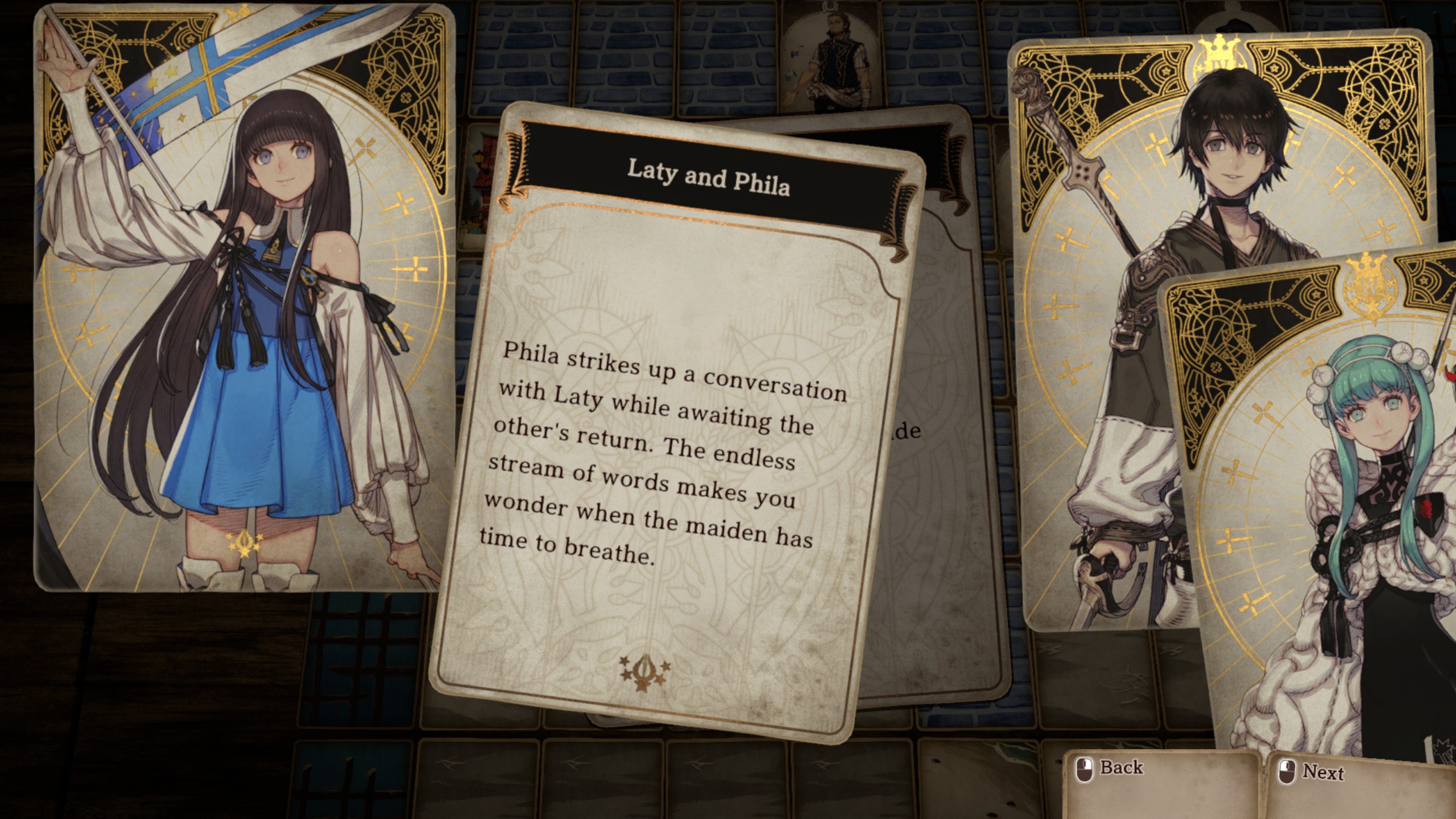
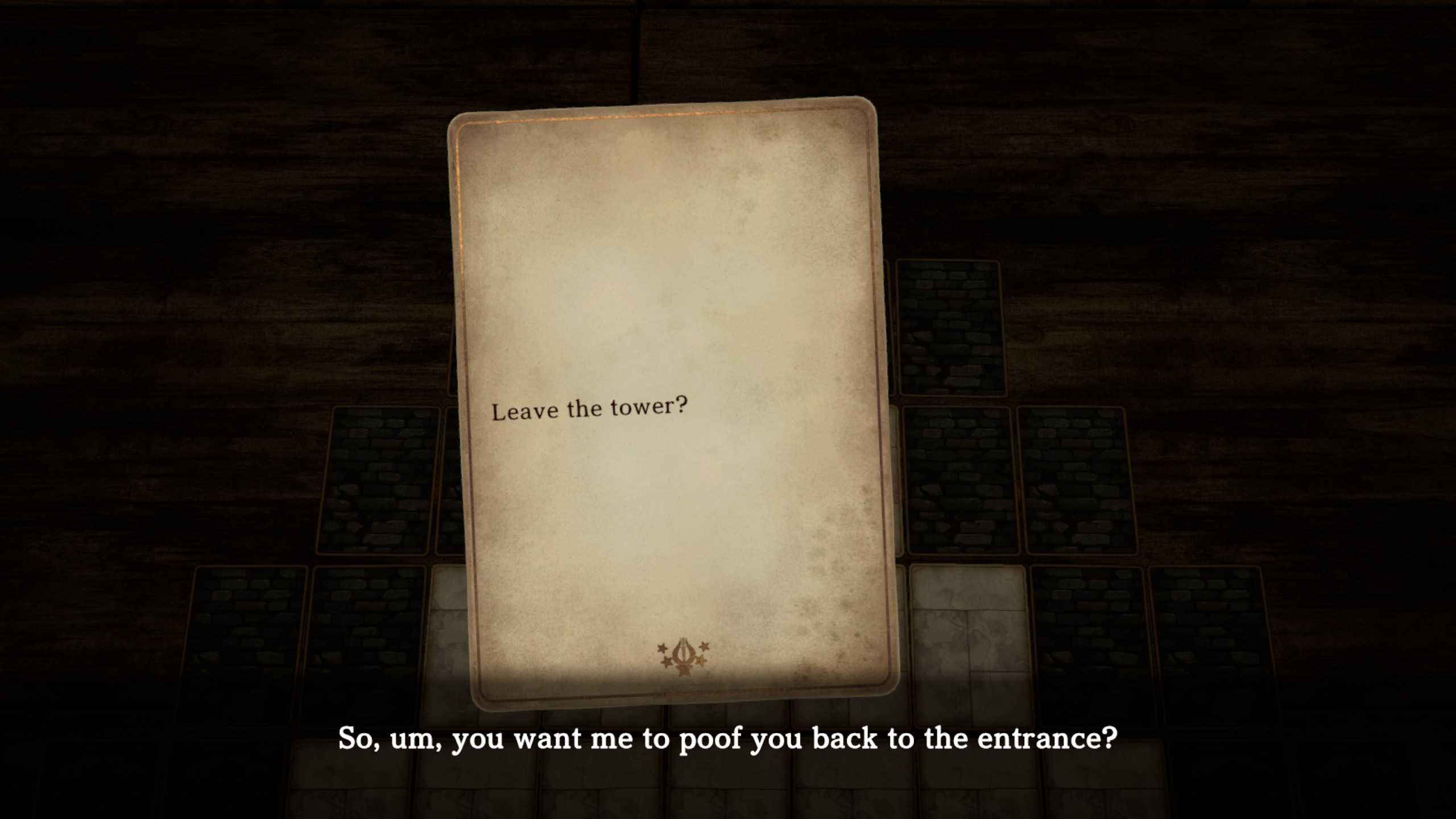
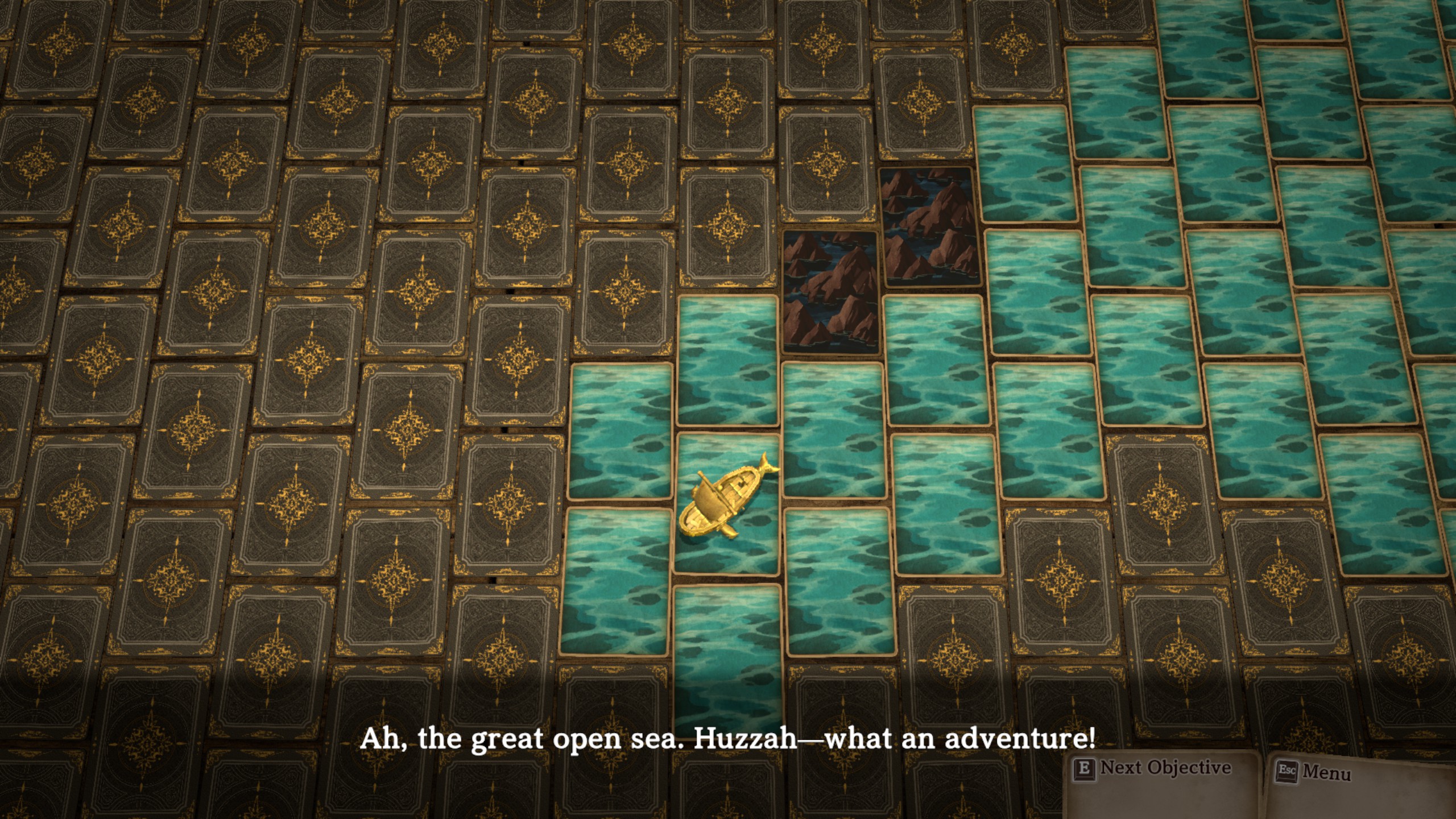
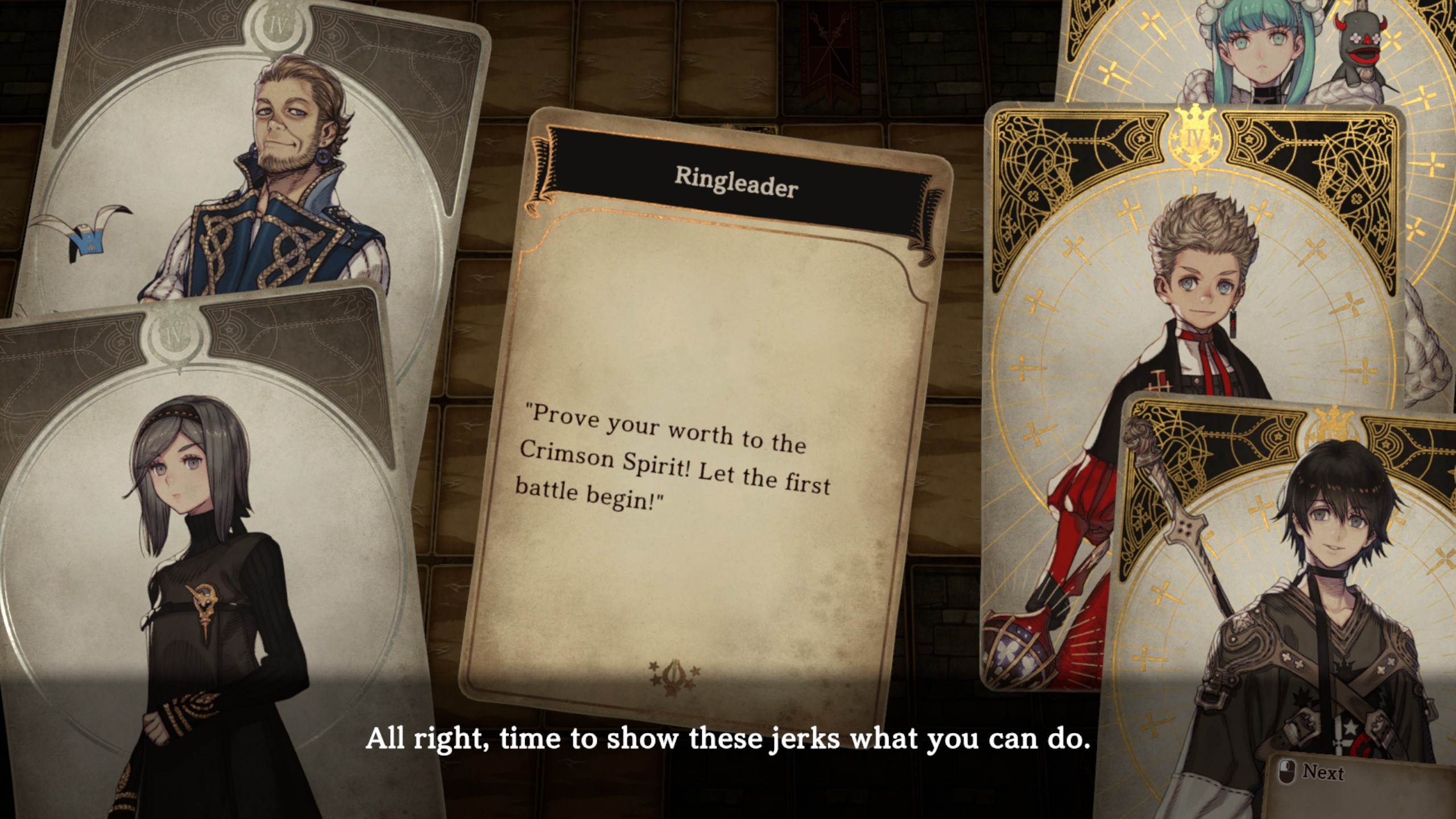

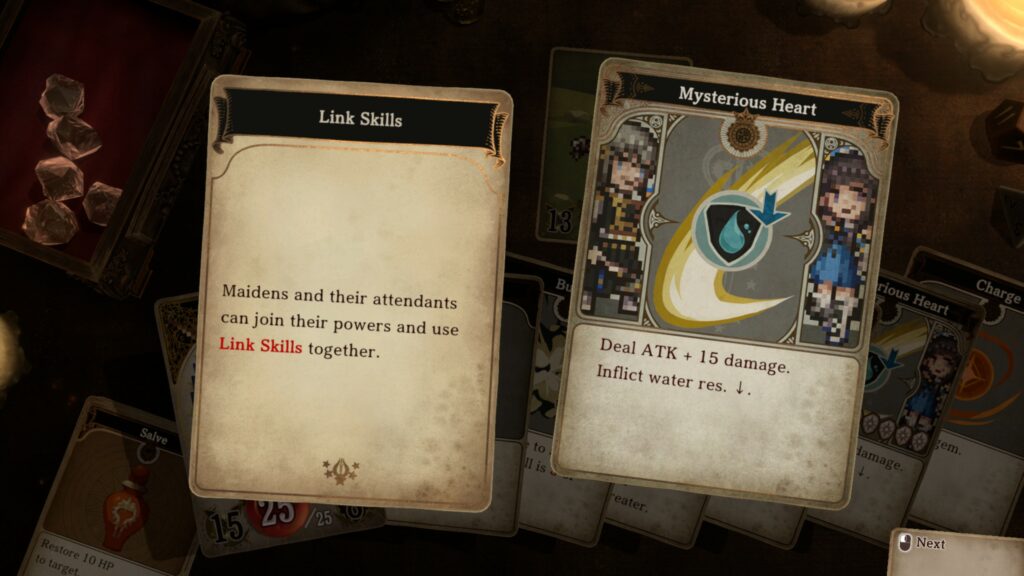
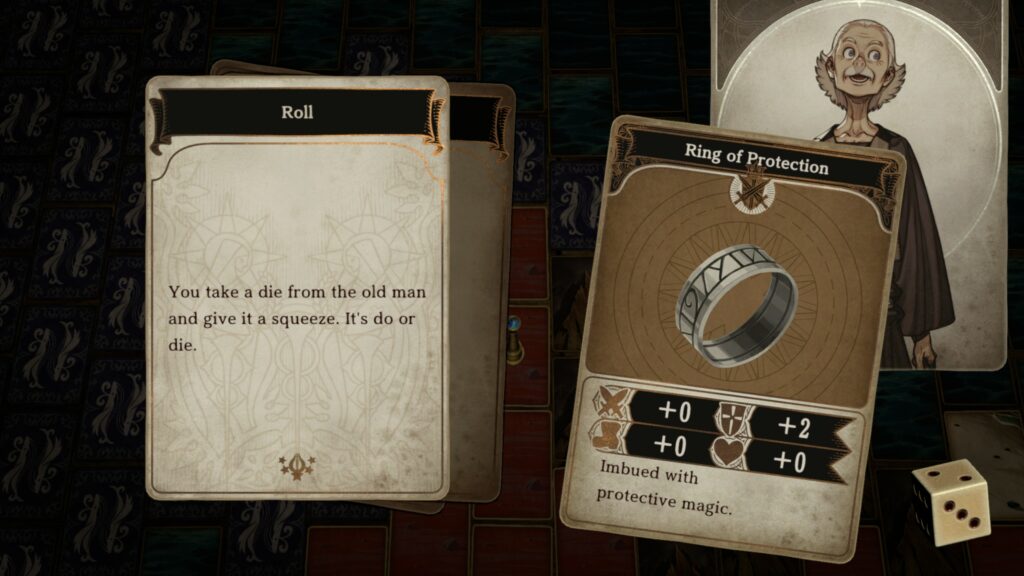
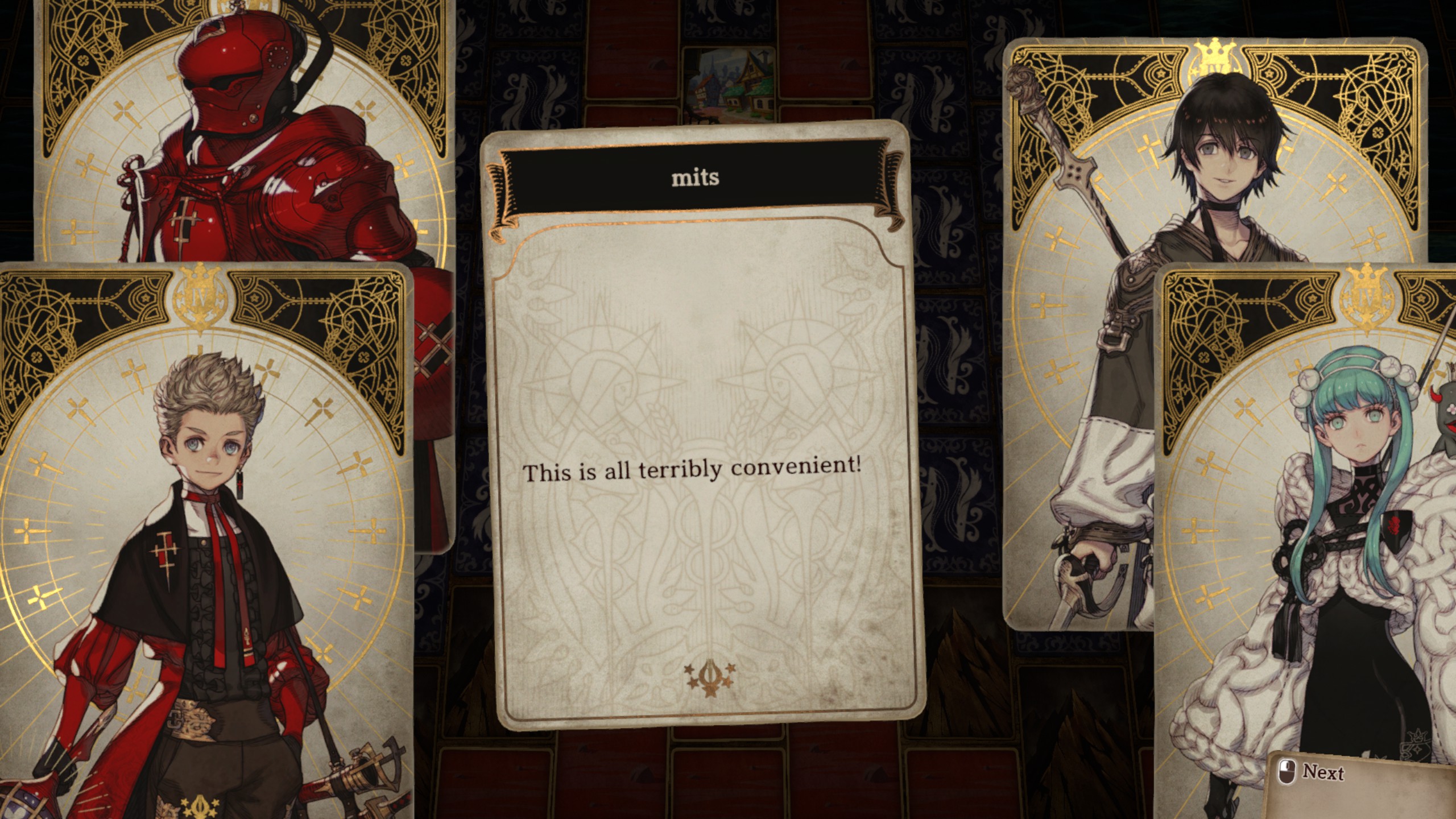
Recent Comments